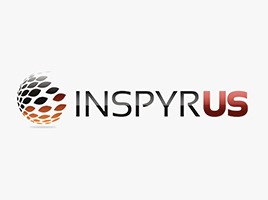With the development of social media and digital collaboration we are entering a new era of social enterprise. This hails an entrepreneurial approach to business, built on technological innovation that facilitates collaboration and knowledge sharing, both internally and externally.

Social enterprise necessitates a shakeup of traditional IT solutions or enterprise management software which, up until now, have served as simple execution tools.
IT is no longer just a means to process information and execute given tasks, it’s a tool that allows us to leverage an enterprise’s global vision, helping employees to work better, smarter and to share talents, skills and data on the way. This is a concept that Epicor has prioritised as one of the core five principles in its enterprise resource planning (ERP) software.
Social enterprise is built on collaboration between colleagues, business partners and suppliers, to help companies create more room for innovation.
Social media as part of ERP
To empower its customers to build a social enterprise, Epicor has integrated a social media platform into its ERP solution. Named ESE, this extends the ERP platform to all devices – from desktop PCs to tablets and smartphones.
Available via the ERP system itself, as well as via web browsers, ESE enables Twitter-like communication and collaboration between non-ERP users, customers and partners. It allows them the ‘follow’ particular projects, customers or projects and receive notifications, updates and alerts when orders are processed, conversations happen or the status of any information recorded in the ERP system is changed.
Integrating social media into the ERP system in this way automatically solves two common problems associated with conventional external solutions. Firstly, any knowledge and information that is exchanged via ESE is integrated into the central data management system and put into context with corporate data. This also makes the data accessible from the Enterprise Search function, rather than having it lie idle in the silos of a third-party system. Secondly, as part of the ERP system, the social communication platform is automatically subject to existing IT security protocols.
From a user’s perspective, the application of #hashtags and @usernames makes it easy to personalise and organise data, following topics that are relevant to an individual role.
Using social ERP, it becomes possible to integrate system generated messages with conversations across the whole enterprise. Employees can access updates, alerts and notifications that are relevant to them in real time. They can also follow objects – such as customers, or specific orders – to track progress, receive alerts and notifications, and manage the business more effectively.
Author: Sabby Gill



